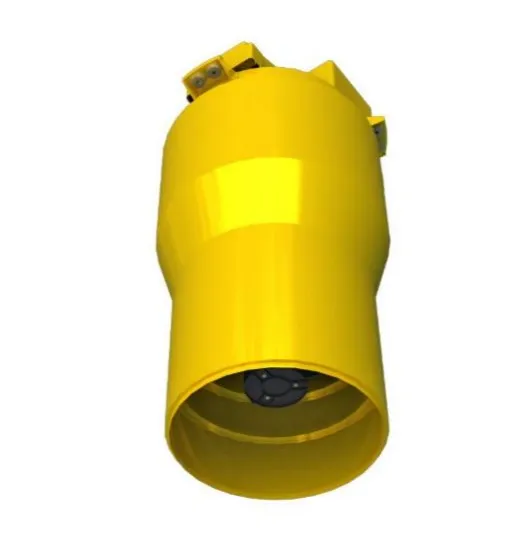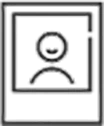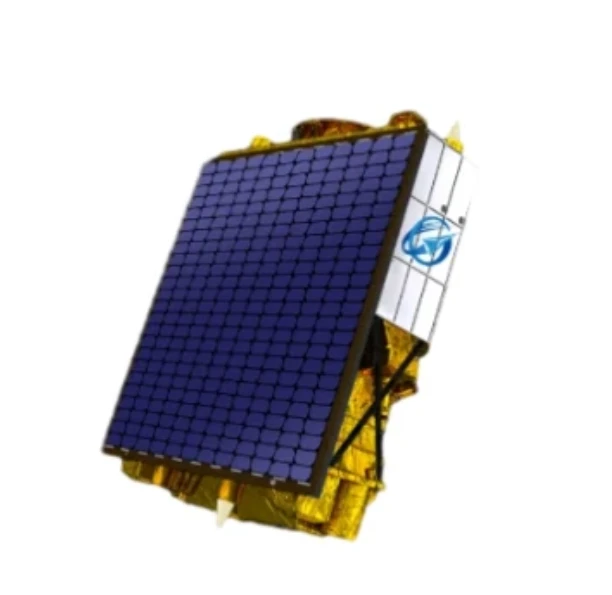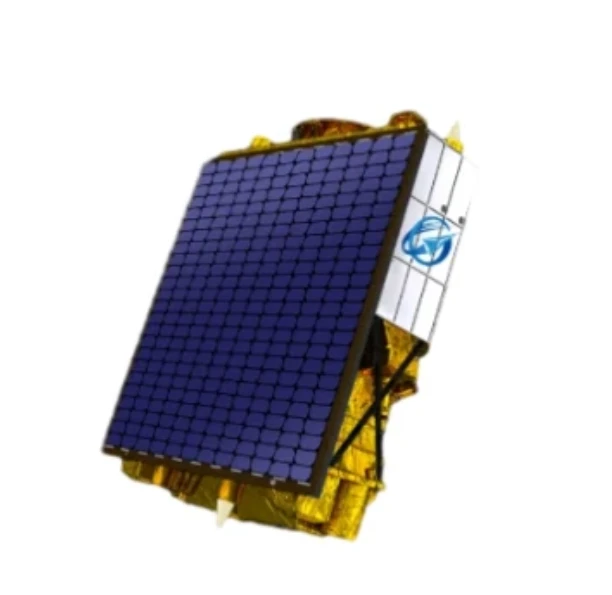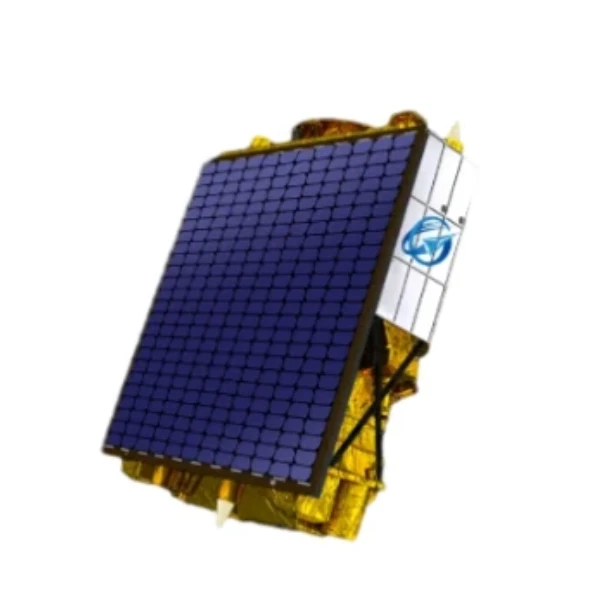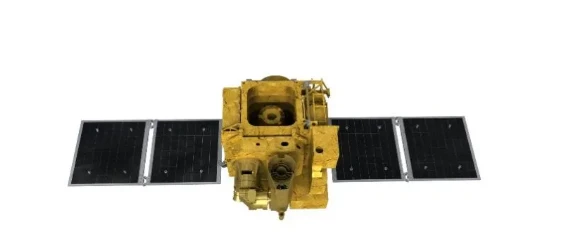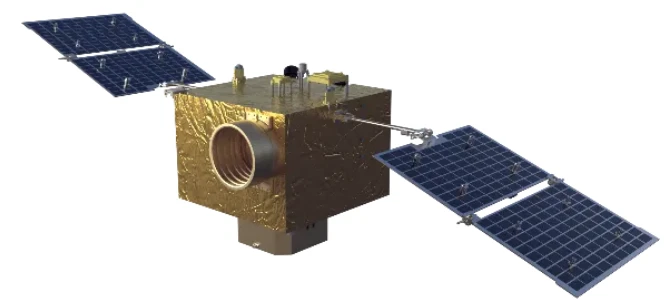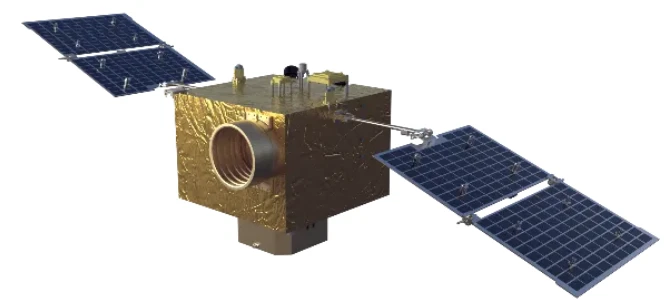
- Afirka
- Albaniya
- Amharic
- Larabci
- Armenian
- Azabaijan
- Basque
- Belarushiyanci
- Bengali
- Bosniya
- Bulgarian
- Catalan
- Cebuano
- China
- Corsican
- Croatian
- Czech
- Danish
- Yaren mutanen Holland
- Turanci
- Esperanto
- Estoniya
- Finnish
- Faransanci
- Farisa
- Galiciyan
- Jojin
- Jamusanci
- Girkanci
- Gujarati
- Haitian Creole
- hausa
- hawayi
- Ibrananci
- A'a
- Miya
- Harshen Hungary
- Icelandic
- igbo
- Indonesiya
- Irish
- Italiyanci
- Jafananci
- Yawanci
- Kannada
- kazakh
- Khmer
- Ruwanda
- Yaren Koriya
- Kurdish
- Kyrgyzstan
- Aiki
- Latin
- Latvia
- Lithuaniyanci
- Luxembourg
- Makidoniya
- Malagasy
- Malay
- Malayalam
- Maltase
- Maori
- Marathi
- Mongolian
- Myanmar
- Nepali
- Yaren mutanen Norway
- Yaren mutanen Norway
- Occitan
- Pashto
- Farisa
- Yaren mutanen Poland
- Fotigal
- Punjabi
- Romanian
- Rashanci
- Samoan
- Scottish Gaelic
- Serbian
- Turanci
- Shona
- Sindhi
- Sinhala
- Slovak
- Harshen Sloveniya
- Somaliya
- Mutanen Espanya
- Sundanci
- Harshen Swahili
- Yaren mutanen Sweden
- Tagalog
- Tajik
- Tamil
- Tatar
- Telugu
- Thai
- Baturke
- Turkmen
- Ukrainian
- Urdu
- Uighur
- Uzbek
- Vietnamese
- Welsh
- Taimako
- Yadish
- Yarbawa
- Zulu
Kyamarar Tura Tsintsiya Tare da Ƙimar 0.75m
Cikakken Bayani
The push-broom camera with a resolution of 0.75m adopts the coaxial folding optical system, and can obtain high-resolution images with a resolution of 0.75m in 535km orbit. It only takes 10 months to complete and deliver the product at the soonest.
|
Lambar samfur |
CG-PL-HR-0.75m-17km |
|
Yanayin hoto |
Push-broom imaging |
|
Ƙaddamarwa |
0.75m |
|
Fadin Swath (a Nadir) |
≥17km |
|
Rufin Spectral |
panchromatic: 450nm-700nm blue: 430nm-510nm green: 510nm-580nm red : 630nm-690nm NIR: 740nm-895nm |
|
rabon sigina-zuwa amo |
38dB |
|
Adadin bayanai |
2.13Gbps |
|
Bayyanar da girma |
Φ440mmx710mm |
|
Amfanin wutar lantarki |
85W |
|
Nauyi |
10kg heavyweight |
SpaceNavi Push-Broom Cameras: How Super Wide Angle Imaging Revolutionizes Large-Area Industrial Mapping Efficiency
In industrial mapping, where precision and productivity are non-negotiable, the limitations of traditional cameras—narrow fields of view, tedious stitching, and inconsistent resolution—often stall progress. Enter SpaceNavi’s push-broom cameras, engineered with super wide-angle technology to transform how we capture vast landscapes, infrastructure, and industrial sites. By merging the panoramic reach of a super wide-angle camera with the precision of push-broom scanning, our systems eliminate inefficiencies, reduce operational costs, and set a new standard for large-area data collection.
The Shortfalls of Conventional Imaging in Industrial Mapping
Most industrial cameras, even those labeled "wide-angle," typically offer 70–110° fields of view, requiring multiple overlapping shots to map large areas. This not only increases flight time for drones or ground vehicle passes but also introduces stitching errors that compromise data integrity. Even wide-screen camera systems, designed for panoramic displays, often sacrifice resolution at the edges or struggle with geometric distortion—critical flaws for applications like power line inspection or agricultural land mapping.
SpaceNavi’s push-broom architecture solves these issues by leveraging a linear sensor array that scans continuously as the camera moves, creating seamless, high-resolution images with a super wide angle equivalent to over 180° in traditional terms. Unlike static wide-angle lenses that bend light at the edges, our linear scanning ensures uniform sharpness across the entire field of view, making every pixel—from the center to the far corners—equally reliable for measurements.
How Push-Broom Technology Redefines Wide-Angle Efficiency
1. Continuous Scanning for Unmatched Coverage
Our super wide-angle camera setup captures strips of imagery up to 10 km wide (at 500m altitude), reducing the number of passes needed for a typical 100 km² site by 60% compared to conventional systems. This is ideal for mapping wind farms, coastal zones, or highway networks, where speed and completeness are essential.
2. Zoom Camera Wide Angle Flexibility
Built-in adaptive zoom technology lets operators adjust the field of view without compromising resolution. Need to inspect a detailed section of a pipeline? Zoom in to 50mm for sub-millimeter precision while maintaining a 120° wide-angle base—no need to switch lenses or reposition equipment.
3. Wide Screen Clarity Without Compromise
The resulting images mimic wide-screen camera quality but with industrial-grade accuracy: 16-bit color depth, 0.5m ground sample distance (GSD), and zero geometric distortion. Whether stitching into 3D models or analyzing orthomosaics, users get a seamless, distortion-free canvas that software platforms like Pix4D or DroneDeploy interpret effortlessly.
Applications Where Wide-Angle Efficiency Shines
Energy Infrastructure Mapping: Survey solar farms in a single flight, capturing panel alignment and soiling with enough detail to identify 2cm defects, all while covering 5x more area per mission than standard drones.
Construction Site Monitoring: Create daily progress maps with 180°+ coverage, tracking material stockpiles, equipment movement, and earthwork volumes with millimeter precision—no blind spots, no manual stitching.
Forestry & Agriculture: Assess crop health or tree density across thousands of hectares in hours, using multispectral wide-angle data to detect stress zones earlier than ever before.
The Future of Large-Area Imaging Is Wide—and Wise
SpaceNavi’s push-broom cameras prove that super wide-angle technology isn’t just about seeing more; it’s about working smarter. By combining panoramic coverage with industrial-grade resolution and adaptive zoom, we’ve eliminated the trade-off between speed and accuracy. In an era where mapping projects demand both scale and precision, our systems don’t just meet expectations—they rewrite the playbook for what wide-angle industrial imaging can achieve.
When your mission is to capture the big picture without missing the smallest detail, choose a camera built for the breadth of industry’s challenges. Choose SpaceNavi: where super wide angle meets supercharged efficiency.
Why Choose Push-Broom Ultra Wide Camera? SpaceNavi vs Traditional Area-Array Cameras in Field of View Comparison
In industrial imaging, the choice between push-broom and traditional area-array cameras often hinges on one critical factor: how much you can see—and how clearly. While conventional cameras rely on fixed lenses to capture a static field of view (FOV), SpaceNavi’s push-broom technology reimagines wide-angle imaging through dynamic scanning, addressing the limitations of legacy systems head-on. Let’s break down the key differences in wide-angle degree, adaptability, and precision that make push-broom the smarter choice for demanding industrial applications.
The Static Limits of Traditional Area-Array Cameras
Most camera wide systems—even those labeled "wide-angle"—are bound by their lens geometry. A typical 24mm wide-angle lens on an area-array camera might offer an 84° FOV, but this comes with inherent trade-offs:
Distortion at the Edges: Curved lenses stretch pixels at the corners, causing geometric errors that skew measurements in applications like infrastructure inspection.
Fixed Zoom Angle: Changing the FOV requires swapping lenses, a cumbersome process that halts workflows and risks contamination in harsh environments.
Limited Panoramic Reach: Stitching multiple shots to create wide images introduces alignment errors, especially in fast-moving scenarios like drone mapping.
In contrast, SpaceNavi’s push-broom architecture eliminates these constraints by using a linear sensor to build images pixel by pixel as the camera moves, achieving ultra-wide camera capabilities that traditional systems can’t match.
How Push-Broom Redefines Wide-Angle Flexibility
1. Unlimited Effective Field of View Through Scanning
While a single frame from an area-array camera is confined by its lens, our push-broom sensors scan continuously, creating effective FOVs equivalent to 270°+ in traditional terms, without distortion. For example, at 500m altitude, our cameras capture 12 km-wide swaths in a single pass, compared to 2km for a typical wide-angle area-array setup. This seamless coverage is ideal for mapping vast sites like mining complexes or coastal ecosystems in record time.
2. Precision Control Over Zoom Angle
Built-in adaptive optics let operators adjust the zoom angle dynamically without changing hardware. Need a 150° FOV for broad-site planning? Or a 50° zoom for detailed tower inspections? SpaceNavi’s system maintains a consistent 0.5m ground sample distance (GSD) across all zoom levels, ensuring edge-to-edge sharpness whether you’re capturing a stadium or a single wind turbine blade. Traditional cameras either lose resolution when zoomed or require costly lens upgrades to achieve similar flexibility.
3. True Wide Angle Degree Accuracy
Unlike curved lenses that misrepresent wide-angle degree measurements at the edges, our linear sensor records each pixel in parallel, maintaining 1:1 geometric accuracy from the center to the far corners. This is critical for applications like autonomous vehicle mapping, where misrepresented angles could lead to dangerous navigation errors.
The Bottom Line: When Every Degree Counts
For Large-Area Mapping: Push-broom’s ultra-wide camera capability reduces flight time by 50% compared to stitching area-array shots, with zero alignment errors.
For Precision Inspection: Adjustable zoom angle lets you switch from 180° overview to 30° close-up in seconds, without compromising measurement reliability.
For Harsh Environments: No moving lenses means fewer failure points, making our cameras 30% more durable in dusty, wet, or high-vibration settings than modular area-array systems.
In industrial imaging, "wide-angle" shouldn’t mean "compromised precision." SpaceNavi’s push-broom technology delivers the best of both worlds: the expansive view of an ultra-wide camera and the metrological accuracy that traditional systems can’t achieve. When your work demands seeing further and seeing clearer, the choice is clear—choose a technology built for the width of your challenges.
